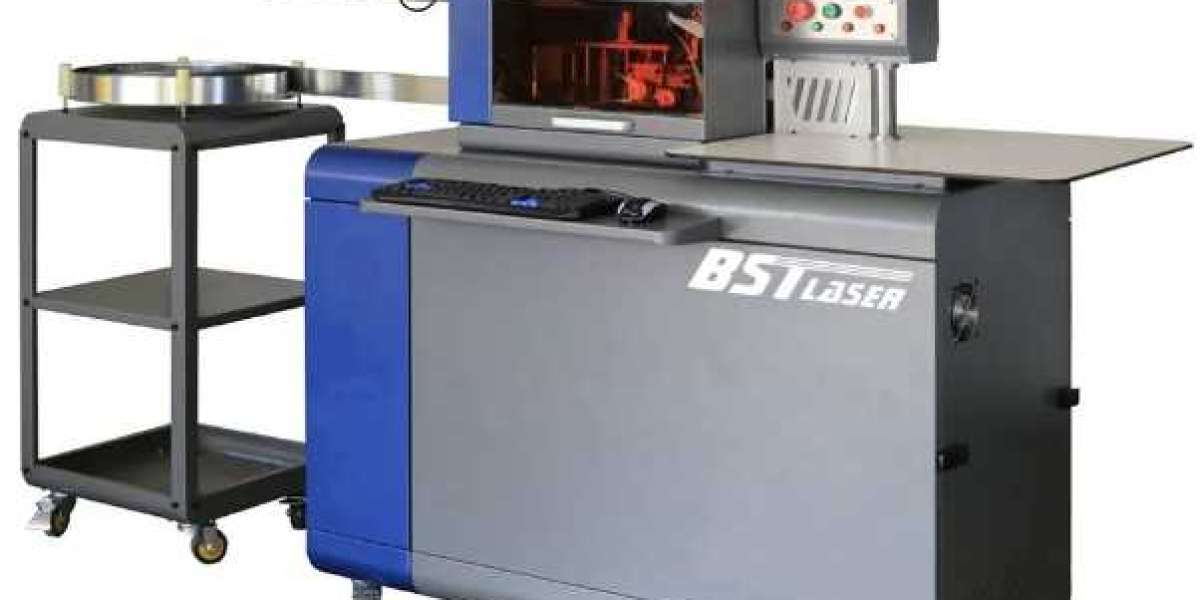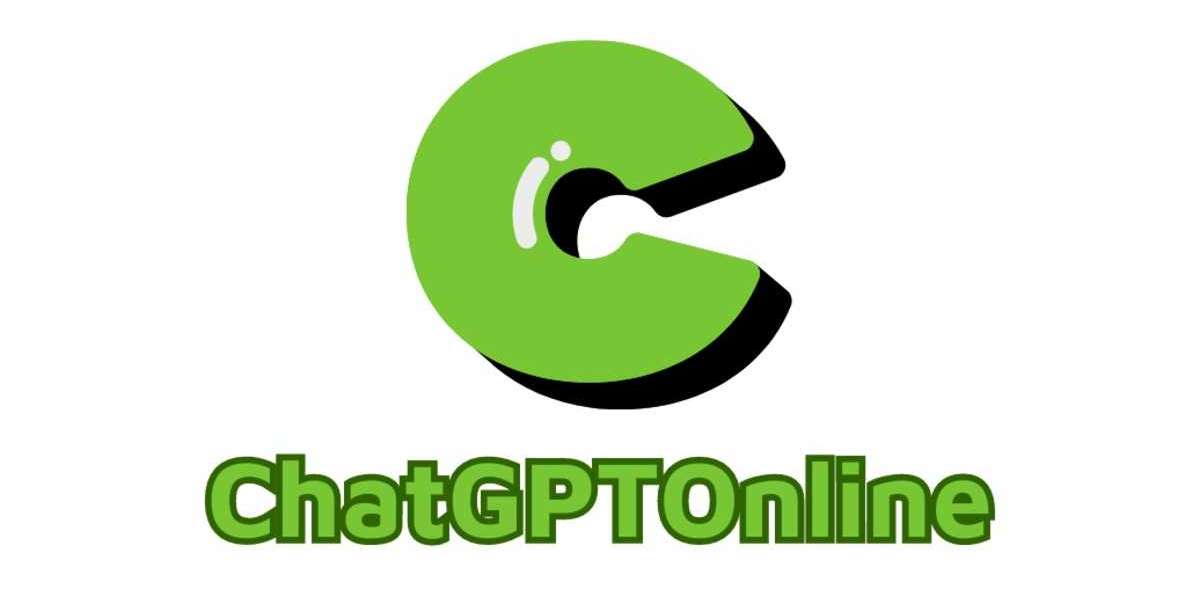Introduction
In the dynamic world of visual communication and branding, signage plays a pivotal role. Among the myriad options available, 3D letters have emerged as a striking and versatile choice for businesses looking to make a bold statement. At the heart of crafting these eye-catching signs lies the 3D letter bending machine. This article delves into the fascinating world of 3D letter bending machines, providing an in-depth exploration of their introduction, uses, industrial applications, industry use cases, products they can create, precautions, and best practices.
The Genesis of 3D Letter Bending Machines
The inception of 3D letter bending machines is rooted in the evolution of signage production. Traditional methods of crafting signs were labor-intensive, often relying on manual fabrication techniques using materials like wood or metal. However, this manual approach was time-consuming and susceptible to inconsistencies. The advent of 3D letters marked a significant milestone in the signage industry. These three-dimensional letters, often illuminated from within, introduced a level of sophistication and visibility that was previously unmatched.
The process of creating 3D letters involves precision bending and shaping of metal strips, typically aluminum, to form individually shaped characters. This intricate process was traditionally performed manually, resulting in varying levels of precision and time consumption. The introduction of 3D letter bending machines revolutionized this process, enabling automated, precise, and efficient fabrication.
Utilization and Applications of 3D Letter Bending Machines
1. Signage Industry:
The primary application of 3D letter bending machines is in the signage industry. These machines are employed to create captivating and visually appealing signs for businesses, including illuminated storefront signage, indoor branding, and more.
2. Architectural Elements:
3D letter bending machines are utilized to craft architectural elements in buildings, including lobby signage, wayfinding markers, and distinctive lettering for interior spaces. This application extends to enhancing the visual appeal of architectural designs.
3. Automotive Branding:
In the automotive sector, 3D letters find use in creating distinctive branding for vehicle dealerships. These letters often display the dealership's name and logo, acting as prominent identifiers.
4. Art Installations:
Artists and designers have embraced 3D letter bending machines as a medium for creating unique art installations. The ability to shape metal into intricate forms expands the creative possibilities in contemporary art.
5. Event Signage:
3D letters are employed for temporary event signage, including trade shows, conferences, exhibitions, and other promotional events. Their versatility and customization options make them an excellent choice for event organizers.
6. Wayfinding and Directional Signage:
In environments like airports, hospitals, and large public spaces, 3D letters are valuable for creating wayfinding and directional signage. Their three-dimensional appearance aids visitors in easily identifying directions and locations.
Industrial Applications of 3D Letter Bending Machines
Beyond individual businesses and artistic endeavors, 3D letter bending machines find applications in various industries due to their precision and customization capabilities. Here are some notable industrial use cases:
1. Advertising and Marketing Agencies:
Advertising and marketing agencies leverage 3D letter bending machines to create impactful signage for their clients. These machines allow agencies to offer customized and visually striking solutions.
2. Retail and Branding:
Retailers use 3D letters for storefront signage, product displays, and branding elements within their stores. The three-dimensional aspect of the letters adds a level of sophistication to the retail environment.
3. Hospitality Industry:
Hotels, resorts, and hospitality establishments employ 3D letters for interior branding, wayfinding signage, and creating a distinct ambiance within their properties.
4. Real Estate and Property Development:
In the real estate sector, 3D letters are utilized for property branding, including the display of project names and logos on construction sites, sales offices, and completed developments.
5. Exhibition and Event Management:
Companies specializing in event management and exhibitions use 3D letters to create captivating and memorable displays for their clients. These letters can be customized to fit specific event themes and branding.
Products Crafted by 3D Letter Bending Machines
The versatility of 3D letter bending machines allows for the creation of a wide range of products beyond traditional signage. Some of the products that can be crafted using these machines include:
1. Illuminated Channel Letters:
These are three-dimensional letters that are often illuminated from within, making them highly visible, especially in low-light conditions.
2. Architectural Elements:
Decorative and distinctive lettering can be created for architectural enhancements, including lobby areas, directional signs, and artistic installations.
3. Logo Displays:
Businesses can have their logos crafted in three dimensions for prominent display in their establishments, adding a touch of sophistication to their brand representation.
4. Indoor Branding:
3D letters can be used for indoor branding within retail stores, offices, hotels, and other commercial spaces, creating a professional and polished look.
5. Event Signage and Displays:
Customized 3D letters can be crafted for events, exhibitions, and trade shows to create visually striking displays that leave a lasting impression.
Precautions and Best Practices for Operating 3D Letter Bending Machines
While 3D letter bending machines offer numerous advantages, it is essential to operate them with caution to ensure safety, efficiency, and quality in production. Here are some precautions and best practices:
1. Operator Training:
Operators should receive comprehensive training in the operation of 3D letter bending machines, including familiarity with CAD design and CNC programming.
2. Regular Maintenance:
Like all industrial equipment, regular maintenance is crucial to ensure optimal performance. This includes routine checks, cleaning, and timely replacement of worn parts.
3. Safety Measures:
Operators should adhere to safety protocols, including the use of personal protective equipment (PPE) and following established safety procedures.
4. Material Selection:
It's important to use high-quality, suitable metal strips for bending. The machine's specifications should guide the selection of materials.
5. Quality Control:
Implementing a stringent quality control process ensures that the finished products meet design specifications and adhere to quality standards.
6. Workspace Organization:
The workspace should be organized and clutter-free to facilitate safe and efficient operation of the machine.
Best Use of 3D Letter Bending Machines
3D letter bending machines shine in various scenarios, making them an invaluable asset for businesses and industries:
1. High-Volume Production:
For businesses that require a large volume of 3D letters, such as signage companies with numerous clients, these machines offer unparalleled efficiency.
2. Complex Designs:
Projects that involve intricate and complex 3D letter designs are best suited for 3D letter bending machines, which can achieve precision and detail beyond manual methods.
3. Consistency-Critical Projects:
In situations where maintaining consistency across a series of 3D letters is essential, such as branding for a franchise, these machines are indispensable.
4. Time-Sensitive Projects:
The speed of 3D letter bending machines makes them ideal for time-sensitive projects, such as event signage or urgent rebranding requirements.
5. Artistic Installations:
Artists and designers looking to incorporate three-dimensional metal lettering into their installations can explore creative possibilities with 3D letter bending machines.
Conclusion
3D letter bending machines have transformed the signage industry and beyond, offering a blend of craftsmanship and automation that allows businesses to create captivating and precise 3D letters. These machines have evolved from the need for precision and efficiency in crafting signage, combining advanced engineering, computer technology, and industrial materials to produce highly capable bending machines.
The applications of 3D letter bending machines span various industries, including signage, architecture, automotive branding, art, event management, and more. Their versatility allows for the creation of a wide range of products, from illuminated channel letters to architectural elements and logo displays.
To maximize the benefits of bending machines, operators should prioritize safety, training, maintenance, and quality control. These precautions and best practices ensure the safe and efficient operation of the machines and the production of high-quality products.
In conclusion, 3D letter bending machines offer an innovative and efficient solution for crafting signage and visual communication that captures attention and conveys messages with flair and precision. As technology continues to advance, we can expect further innovations in the realm of 3D letter fabrication, opening new creative possibilities for businesses and artists alike.








